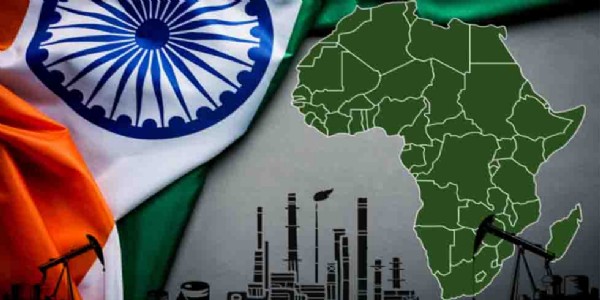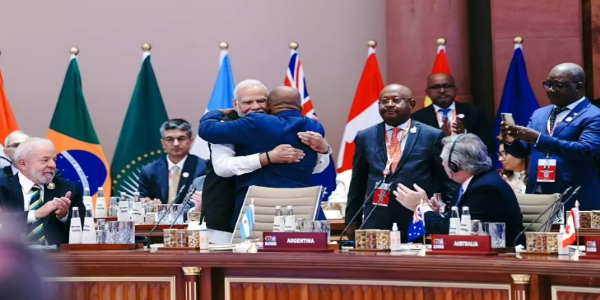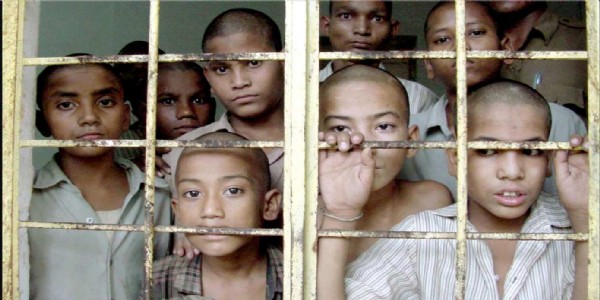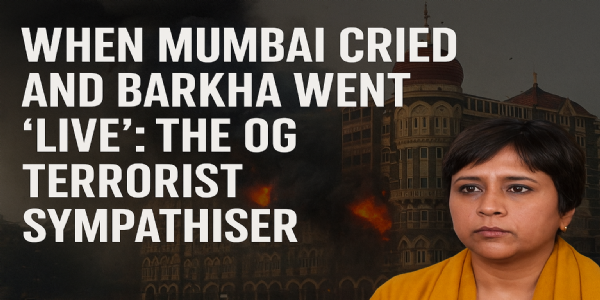From two seats in 1984 to ruling 18 states of India - The inspiring journey of BJP
There was a time when BJP had registered only two seats in 1984 general elections. But now, it is ruling 17 states and one Union Territory.
Total Views |
When we look back at Indian politics after the Independence period, BJP was nowhere to be seen. Though, glimpses of the party were witnessed in political history, not enough to be able to be "Janta Ka Raja". However, there goes a saying in Hindi - बूँद बूँद से सागर बनता है which means drops of water makes a mighty ocean. It is similar to the rise and rise of the BJP.
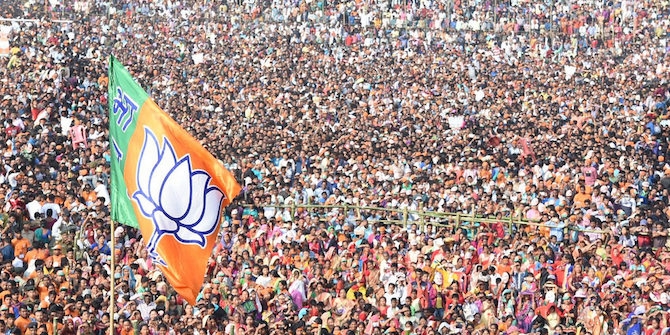
There was a time when BJP had registered only two seats in 1984 general elections. But now, it is ruling 17 states and one Union Territory. It has become the country's largest political party in terms of representation in the national parliament and state legislatures. The 17 states are Karnataka, Goa, Madhya Pradesh, Gujarat, Bihar, Sikkim, Assam, Arunachal Pradesh, Manipur, Mizoram, Meghalaya, Nagaland, Tripura, Uttar Pradesh, Uttarakhand, Haryana and Himachal Pradesh. The lone UT is Puducherry.
The origin-
The BJP started from the origin - the Bharatiya Jana Sangh - which was founded in 1951 by Shyama Prasad Mukherjee. After the Emergency in 1977, the Jana Sangh merged with several other parties to form the Janata Party and defeated the Congress in the general election held in the same year. After three years in power, the Janata Party government dissolved in 1980 with the members of the erstwhile Jana Sangh reconvening to form the BJP. The BJP was founded on 6th April, 1980 by Atal Bihari Vajpayee and Lal Krishna Advani.
First Victory in 1996-
The first victory for BJP was witnessed in 1996. This is was majorly due to their win in state elections. Though under the leadership of Atal Bihari Vajpayee, it lasted only for 13 days. However his speech left a significant mark in political history. An epic mic drop moment indeed! Even after being the single largest party, it lacked a majority in the Lok Sabha.
One step at a time-
In 1998, the BJP-led National Democratic Alliance (NDA) under Prime Minister Atal Bihari Vajpayee formed the government but it also lasted for a year. However, after fresh elections, NDA led by BJP and Prime Minister Vajpayee was again elected to power and this time it completed full 5-year term. This was the first non-Congress government in the country that completed full five-year term.
A landslide victory in 2014-
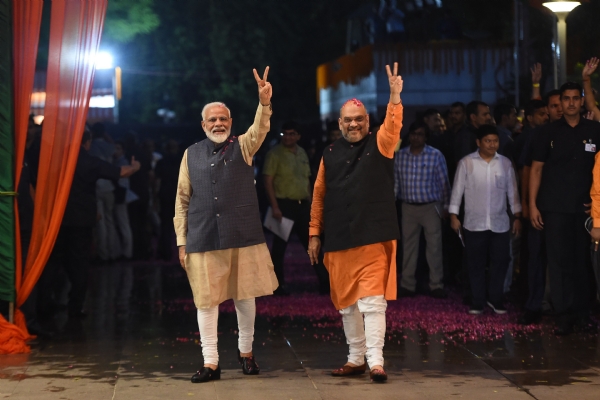
The nation observed "the unexpected". A landslide victory for the BJP in the 2014 general elections. The reasons included corruption scandals like 2G of Congress, Commonwealth blunders, and the rising popularity of the then Gujarat Chief Minister Narendra Modi, the BJP once again turned the tables and recorded a landslide victory in the general elections, and Narendra Modi was elected as Prime Minister. BJP won 282 seats, leading the NDA to a tally of 336 seats in the 543-seat Lok Sabha. Ever since then, under Modi and Amit Shah's leadership, the BJP's popularity has been on rising making it win elections after elections and currently rules in 17 states and 2 UTs.
History repeats itself-
In the 2019 general elections and on the back of a strong election campaign by PM Modi, the BJP's victory was even bigger than in 2014, as it won a whopping 301 seats. Both in 2014 and 2019, BJP was able to form the national government on its own, a sign of a strong Centre, a factor that has always helped it in taking bold decisions and aggressive foreign policy.
Amid all of this, BJP had found its roots in states as well.
Apart from this, under the leadership of Prime Minister Narendra Modi, the BJP-led NDA government took some very bold steps like demonetisation, implementing GST, conducting surgical and airstrikes, banning triple talaq, abrogation of Article 370 in Jammu and Kashmir (J&K), bringing Citizenship (Amendment) Act, 2019 -- CAA.
Of course, there was the construction of Ram Temple in Ayodhya. Now, the next agenda would be the implementation of a Uniform Civil Code.



